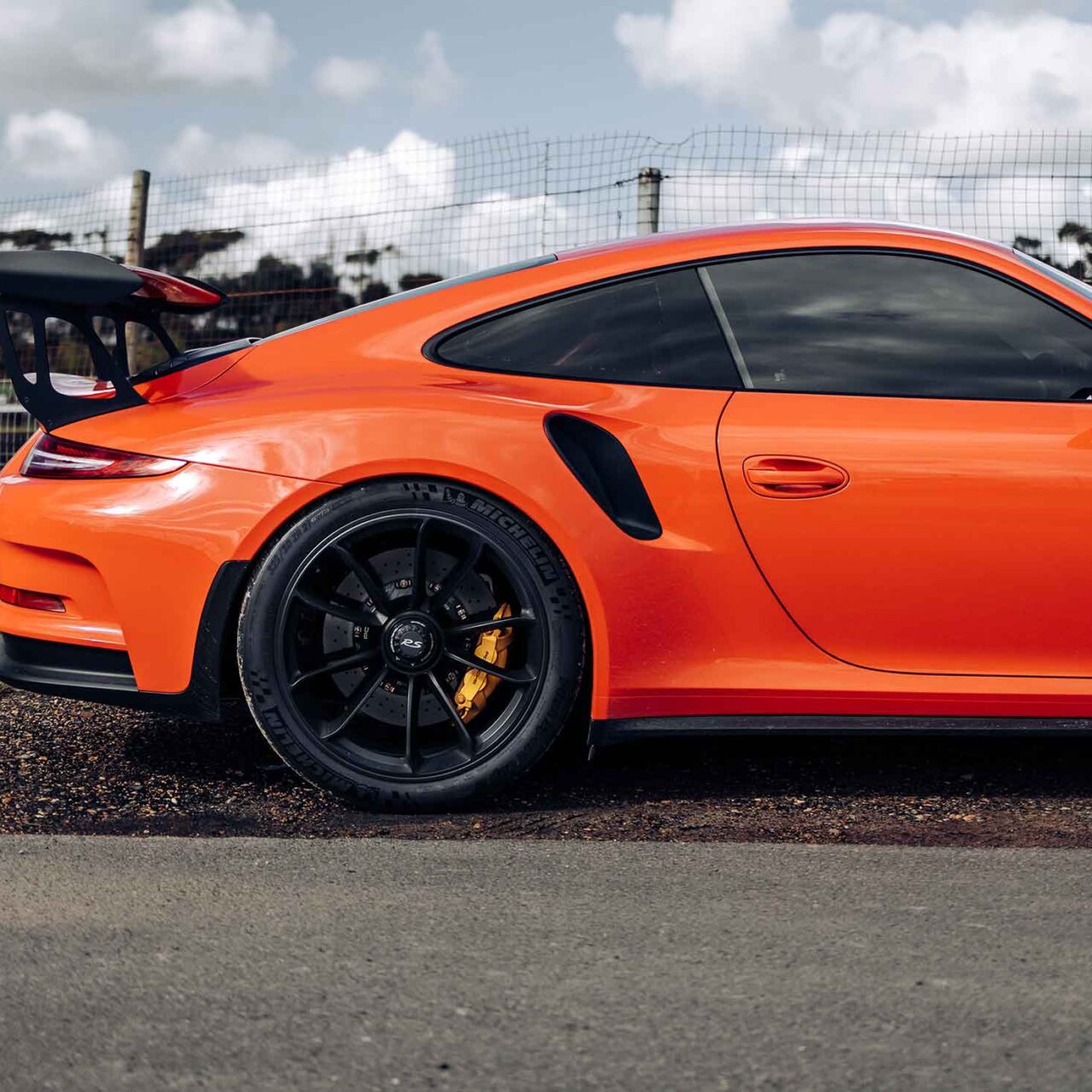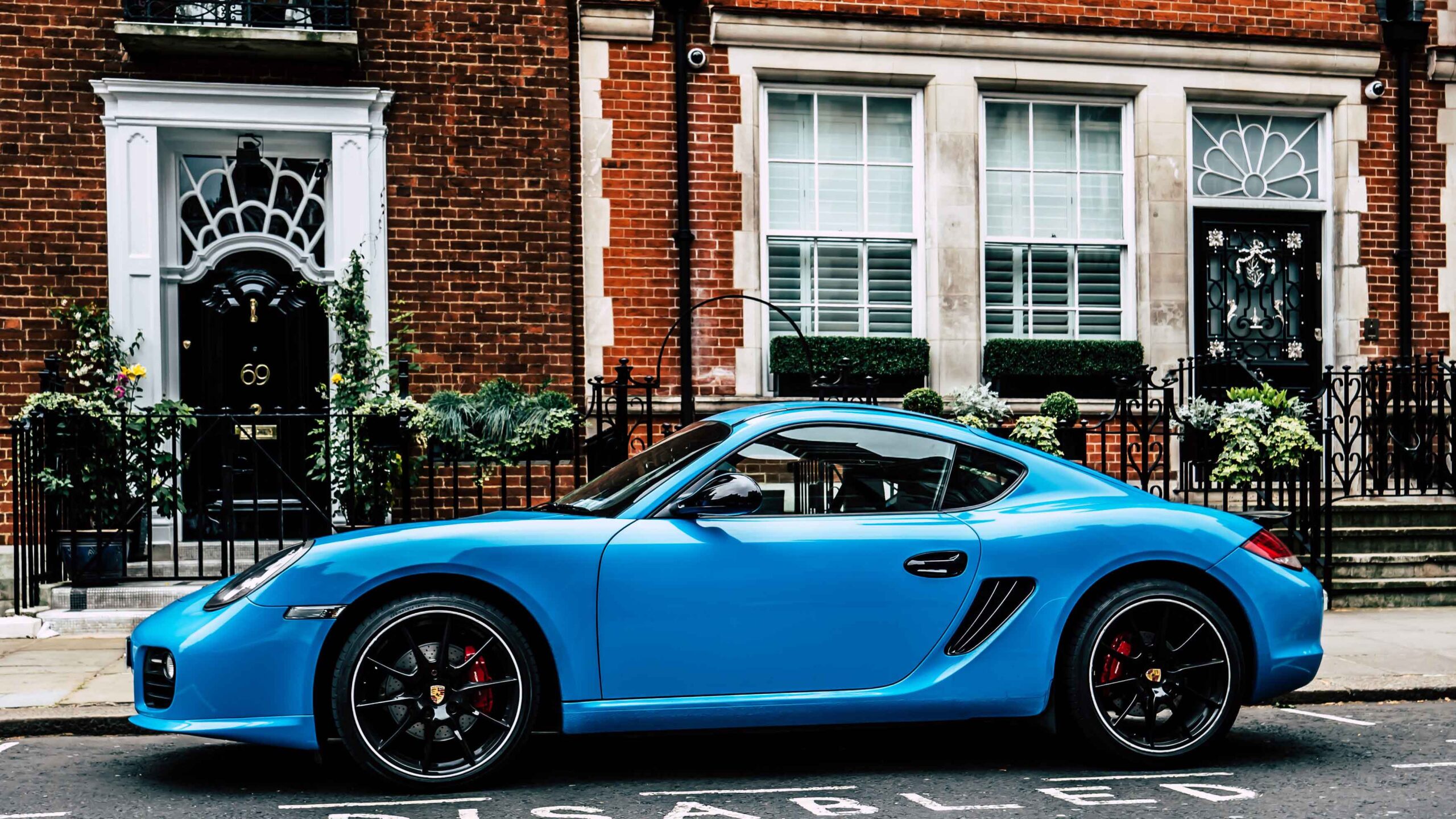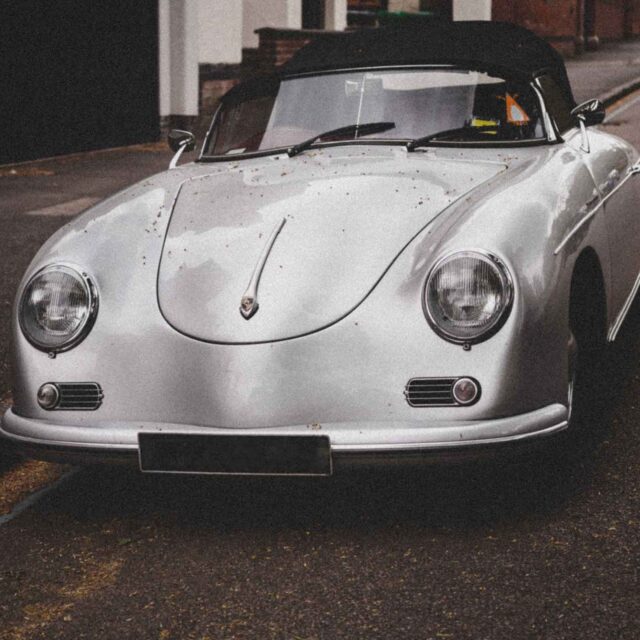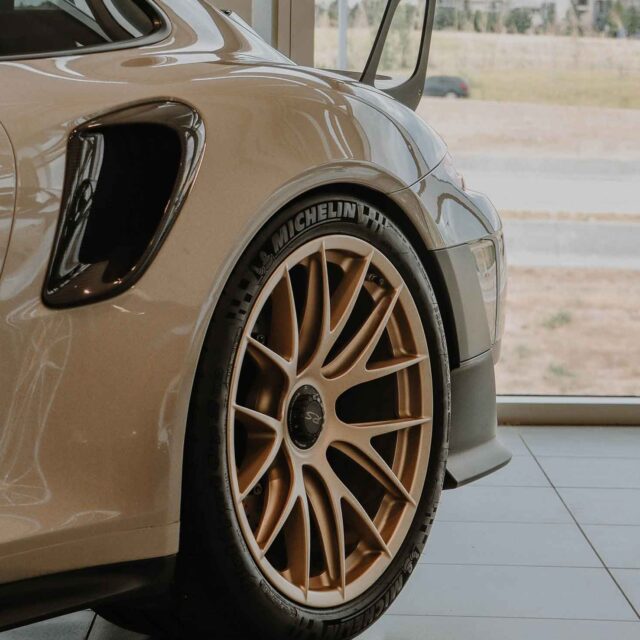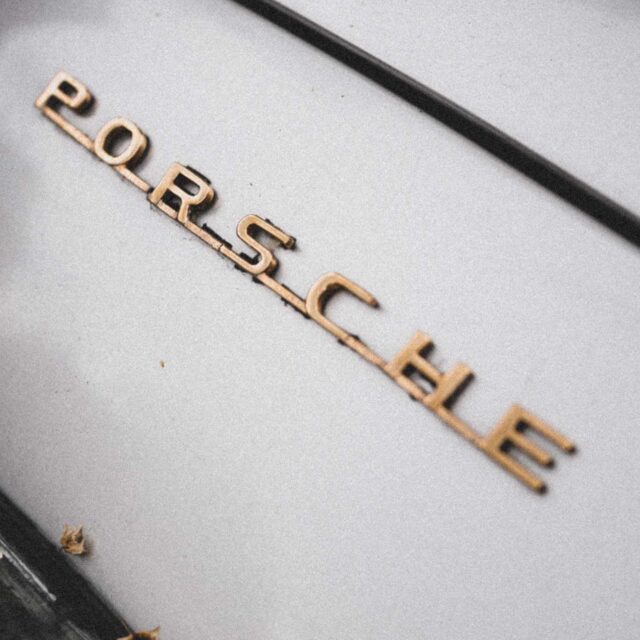Porsche remains a profitable independent builder of high-performance sportscars while most of its competitors have been acquired. Ferdinand Porsche and his son Ferdinand (“Ferry”) founded Porsche with 200 people in 1948 to develop sports vehicles and race cars.
Ferdinand, a Daimler-Benz engineer, founded an engineering business in 1931 and invented the Volkswagen Beetle. He delivered a half-century of invention, from a 1900 gasoline/electric hybrid through 1930s Auto Union Grand Prix automobiles.
Ferry Porsche helped build the firm and designed the 356. Despite having only 40 horsepower from a rear-mounted, somewhat souped-up Beetle engine, the original Porsche was noted for its nimble handling, comfort, and durability.
Mid-1950s Porsche launched its own engines and more powerful 356s. After the 356, Porsche created the legendary 911. Porsche unveiled a new 911 Carrera in 1999, 30 years after introducing the rear-engine 911. 911 S (1967), 911 Turbo (1974 [1976 in the U.S.]), the first 911 Cabriolet (1983), and the first all-wheel drive 911 Carrera 4 (1990).
Porsche launched front-engine versions in the 1970s, commencing with the 4-cylinder 924 (1976) and the V-8-powered 928 (1978). (1978). From the 924 came the 944, 944 Turbo, and 968 in the ’90s. Porsche discontinued the 968 and 928 to focus on the 911 and Boxster.
Porsche vehicles began racing nearly immediately. They have won 24,000 races worldwide, including 50 classes at Le Mans.
The aerodynamic “356” was unveiled in 1948. In 1949, 52 vehicles were hand-built in an Austrian workshop.
Porsche rented premises in Zuffenhausen, a Stuttgart suburb, in 1950. Reutter produced 369 356 bodies in 1969. The lightweight 356 impressed sportscar fans.
Porsche died in 1951. In the same year, the 356 gained 60 horsepower. By 1953, the 550 Spyder was a “giant killer” among Ferrari, Jaguar, Maserati, and Aston-Martin.
The Speedster was a low-cost, “stripped-down” variant of 356 launched in 1954. Collectors prize the 1954-1957 Speedsters.
The 100-hp Carrera was the 10,000th Porsche produced in 1956. 1958 saw the 10,000th 356. As demand developed, Porsche outsourced body manufacture.
The 911, the 356’s successor, debuted in 1963 with a 2.0-liter, 130-hp six-cylinder engine. Porsche bought its old body subcontractor Reuter and established its own U.S. distribution network. Production worldwide topped 11,000. The 911 was a success when production began a year later.
After 17 years and 77,361 cars, 356 manufacture was terminated. Porsche immediately introduced the 912, a 911 with a 356 four-cylinder engine. Porsche added a removable-roof Targa (1966), Sportomatic semi-automatic transmission (1967), the high-performance 911 S (1967), a cheaper 911 T (1968), fuel injection (1969), and bigger engines (1970).
1969 saw 14,000 units produced. Porsche added a multi-story assembly facility in Zuffenhausen. 1979 saw Porsche replace the 912 with the mid-engine 914. The 914 featured Volkswagen four-cylinder or Porsche six-cylinder engines (914/6).
Porsche debuted the 1976 911 Turbo to North America in 1975. The 911 Turbo blended exotic vehicle performance, elegance, and usefulness.
The 924 succeeded the 914 in 1976. The Audi-built automobile had a rear transaxle for better weight distribution. Porsche was the first company to heat-galvanize steel vehicle bodies and provide a 6-year rust warranty.
1978 saw Porsche’s 928 debut. It had a front-mounted, liquid-cooled 240-horsepower V-8 engine. The 911 SC got a 3.0-liter engine and other upgrades. 924 Turbo joined 924. The 924 was Porsche’s most popular and fastest model. The new 944 had a modified 924 body and a Porsche four-cylinder engine.
1983 saw the first 911 Cabriolet. The Cabriolet outsold the Targa in the US and accounted for one-third of 911 sales. The 911 Carrera had a 3.2-liter engine by 1984. In 1986, the Porsche 944 was the first US-sold automobile with standard driver and passenger airbags. In 1985, Porsche discontinued the 968 (the ultimate 944 evolution) and the 928.
The former Reuter plant body manufacture was terminated in 1989 and moved across the street. Porsche manufactured Mercedes-500E Benz’s high-performance sedan. More than 11,000 were made by 1995.
Porsche launched the all-wheel drive 911 Carrera 4 in 1990. Only 15% of components came from the previous 911. The Carrera 2’s innovative Tiptronic gearbox offered completely automated or clutch-less manual shifting.
In 1993, Porsche introduced the last iteration of the air-cooled 911 and debuted the “Boxster” concept. Porsche developed the 1997 vehicle after receiving excellent feedback.
July 1996 marked the one-millionth Porsche. The 911 Turbo had all-wheel drive from the 911 Carrera 4 and 400 horsepower. The Boxster followed with a mid-mounted 2.5-liter, 201-hp engine. Porsche soon opened a second Boxster manufacturing plant in Finland.
Ferry Porsche died in 1998. The first all-new 911 since 1964 was launched. The new 911 used a liquid-cooled six-cylinder engine, breaking with tradition. Porsche Stability Management debuted on the all-wheel-drive Carrera 4.
Porsche confirmed in 1999 that it will produce its new SUV in Leipzig. Porsche and Volkswagen co-designed the 2002 car.
2000 Boxsters were given 2.7-liter engines. Boxster S a 3.2-liter, 250-hp engine. The new 2001 911 Turbo had a LeMans-winning GT1 engine. Tiptronic S five-speed automatic was also offered. The same year, Porsche debuted the Carrera GT in Paris. The mid-engine, open-cockpit super vehicle idea included a 5.5-liter, naturally aspirated V-10 engine.
The 2001 Porsche 911 GT2 reached 195 mph. Carrera engines were upgraded to 320 horsepower and received a revised front end, expanded rear end panel, and oval exhaust tailpipes.
Porsche aimed to manufacture a V10-powered Carrera GT in 2002. Based on Porsche’s existing 911 models, a 911 Targa and Carrera 4S were introduced.
The Cayenne Turbo and S were debuted in 2003. Porsche’s VarioCam(r) engine technology boosted the Boxster and Boxster S’s power.
2005 saw the release of the all-new 911 Carrera and Carrera S with additional power and choices. The 911 Turbo S came with 444 horsepower and Porsche Ceramic Composite Brakes, Homelink, an electrically latching rear tailgate, and a six-speed manual transmission are standard on the V6 Cayenne.
At the 2006 Geneva Motor Show, Porsche presented the 2007 911 Turbo, the first series-production spark-ignition vehicle featuring VTG turbocharger blades. Porsche unveiled the 911 GT3 at Geneva. The Porsche 911 GT3’s 3.6-liter naturally aspirated engine produces 415 horsepower. Simultaneously, Porsche debuted the Cayenne Turbo S. Porsche redesigned their Boxster and Boxster S roadsters in August 2006.
The new 2008 Porsche Cayenne debuted at the North American International Auto Show. It had a more powerful and elegant edition of Porsche’s SUV. Porsche intended to introduce its 911 Turbo Cabriolet in Frankfurt, Germany, with 480 horsepower (60 more than its predecessor), VTG, and all-wheel drive.
The 200,000th Porsche Cayenne was assembled in Leipzig, Germany on February 4, 2008. Cayenne GTS was introduced at the Chicago Auto Show and launched that spring. Porsche commemorated 60 years of a Porsche-branded sports vehicle on June 8. In October, Porsche introduced the updated 911 Carrera, Carrera S, and Cabriolet with direct injection and the PDK gearbox. Porsche debuted the new Cayman and Boxster at the Los Angeles Auto Show on November 19.
Porsche published photographs of its first four-door sports sedan, the Panamera, on January 5, 2009. The firm indicated the car would be shown at the Shanghai Auto Show that April. The Stuttgart Zuffenhausen’s Porsche Museum was inaugurated Jan. 31. The Porsche Museum, one of the company’s most stunning structures, showcased the thrill and variety of the Porsche brand.
Porsche announced details on their upcoming Cayenne S Hybrid with a parallel hybrid system on February 20, 2011. The similar mechanism would be in the Panamera a few years later. Porsche debuts the 911 GT3 in North America on April 9. In Shanghai on April 20, Porsche presented the Panamera, its first all-new vehicle in seven years. Porsche’s Leipzig factory reached maximum Panamera manufacturing capacity in June.
Porsche presented the GT3 RS, GT3Cup Car, 911 Turbo, 911 Turbo Cabriolet, and 911 Sport Classic at the Frankfurt Auto Show in September. The Panamera hit the U.S. market on October 17. Porsche unveiled the Boxster Spyder at the L.A. Auto Show.
The new Boxster Spyder debuted in February 2010. The 911 Turbo and GT3 went on sale in March. Porsche debuted the 918 Spyder concept at Geneva on March 1. A few months later, Porsche began marketing the Cayenne S and Turbo and announced the 918 Spyder. The Porsche Panamera surpassed 22,518 units produced one year after its international premiere.
Porsche Cars North America did a My Porsche Classic Search to find one of the oldest Porsches sold in the U.S. — a 1952 Strawberry Red 356 Cabriolet. My Porsche Classic Search also found a blue 1950 356 Cabriolet. This is one of the earliest Stuttgart-built 356s.
Porsche introduced the Panamera S Hybrid and Panamera GTS. In 2012, the redesigned Boxster and second-generation Cayenne GTS and Turbo S were introduced.
Porsche released a 50th anniversary 911 in 2013. New Caymans were announced. The Porsche Macan S and Turbo debut at the Los Angeles Auto Show that year.
The Porsche Boxster and Cayman GTS models debuted at Auto China in Beijing in 2014, together with the Cayenne S E-Hybrid, the first premium SUV plug-in hybrid. Porsche is the only automaker with three plug-in hybrid models: this, the Panamera S E-Hybrid, and the 918 Spyder.
Porsche debuted three new models at the 2014 LA Auto Show. 911 Carrera GTS, Cayenne GTS, and Panamera Turbo S Executive Exclusive Series.
The 2015 NAIAS showcased the 911 Targa 4 GTS and Cayenne Turbo S. New Boxster Spyder, Cayman GT4, and 911 GT3 RS models debuted at the New York Auto Show. Porsche 918 Spyder production also ended. Porsche won Le Mans.
The 718 Boxster and 718 Boxster S were revealed in 2016 and premiered at the Geneva Motor Show. Porsche unveiled the 718 Cayman and Cayman S. The 911 GT3 Cup Race Car and Panamera 4 E-Hybrid premiered in Paris; 911 RSR in Los Angeles.
The millionth 911 was produced in 2017. In Zuffenhausen, Porsche unveiled the Panamera Sport Turismo and third-generation Cayenne.
The first entirely electric Porsche, the Taycan, was announced in 2018 and the eighth-generation 911 premiered in Los Angeles. Porsche introduced the Taycan in 2019 and returns to Formula E after 30 years.
